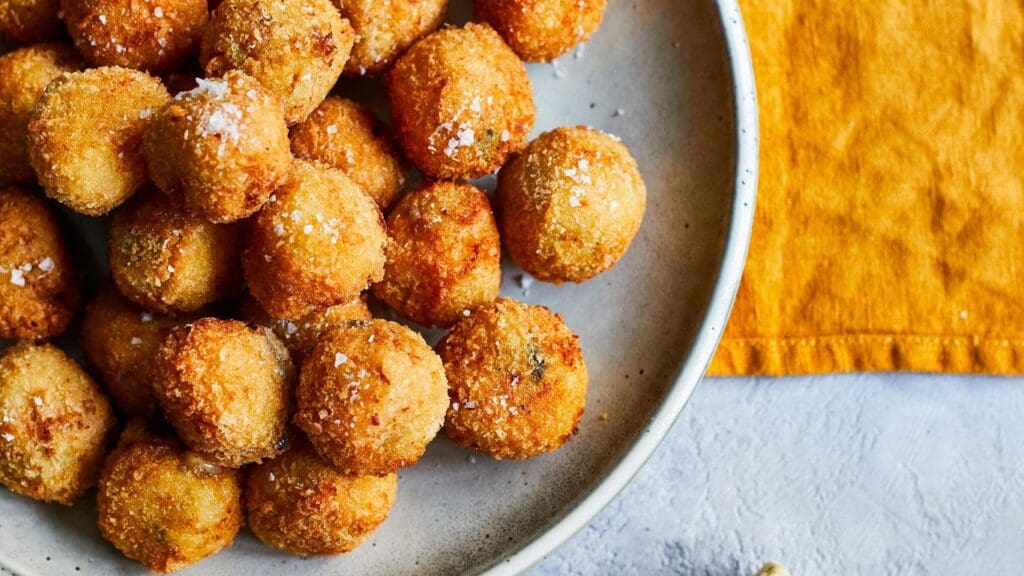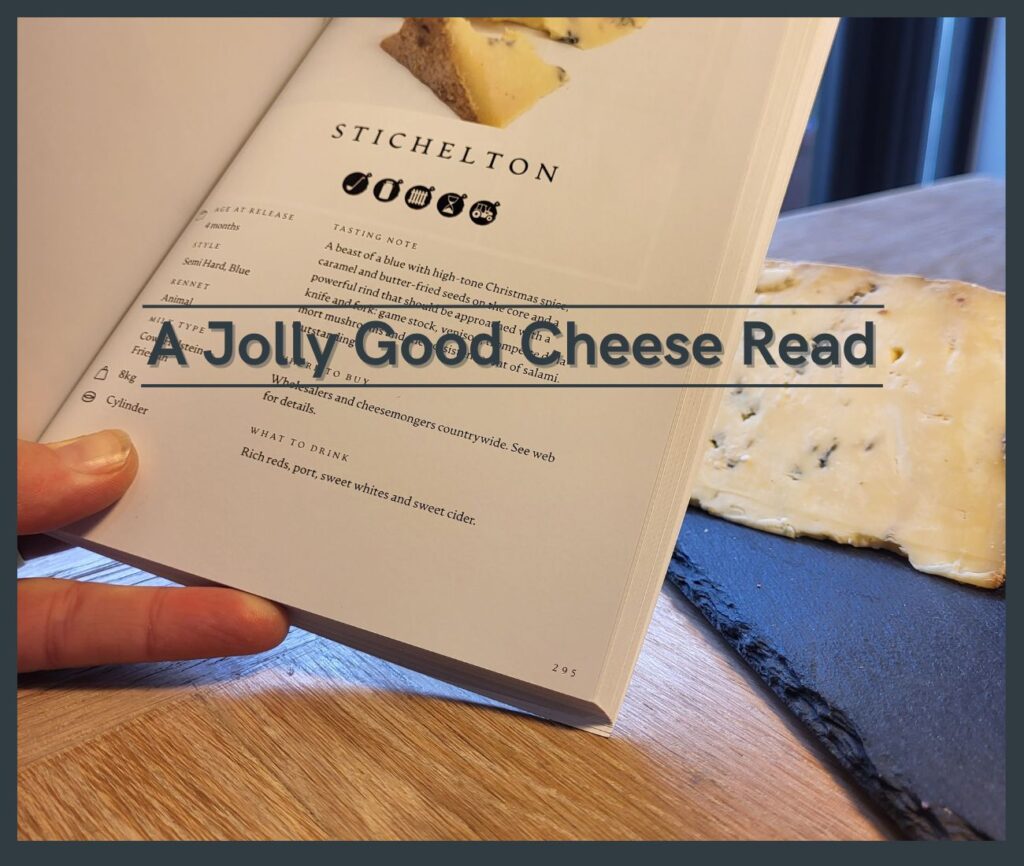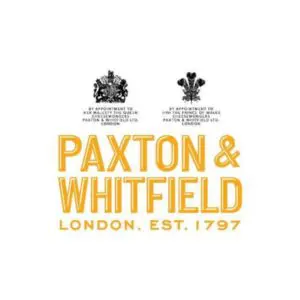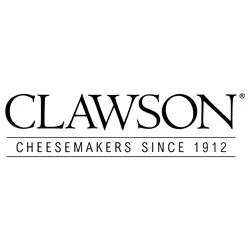Cheeseboard tasting parties
Like dogs, a cheeseboard isn’t just for Christmas. The humble cheeseboard deserves a bigger, more substantial, role in our celebrations. In fact, an appropriately themed cheese board deserves to take centre-stage.

Think of colour, shape and texture when selecting cheeses. Serve at least 3-5 different cheeses, choose a variety of types, eg. soft, washed-rind, blue, hard etc. and think about offering a mix of cow, goat and ewe’s milk cheeses.
So, let’s start with the first major event in our UK calendar:
The Six Nations Cheeseboard
Rugby and cheese? Not an obvious pairing, but actually, it’s a perfect marriage: combining six nations of great quality, artisan cheesemakers and a shedload of ale!

English Cheeseboard
For England, what better than a traditional Lancashire Cheese to represent the Red Rose on those boys’ shirts. Choose a raw-milk, farmhouse Lancashire, made by the Kirkhams, best known for its crumbly-yet-creamy texture.
Scottish Cheeseboard
Next up is Scotland, for which I’ve chosen a Lanark Blue for the blue cross of Scotland. A Roquefort-style cheese made from raw ewe’s milk, this time of year (early spring), the young cheeses will be sweet and mellow.
Welsh Cheeseboard
Sticking with the Home Nations, we arrive at Wales and a Caws Cenarth Caerffili. This iconic cheese is made from unpasteurised cows’ milk, giving the cheese a complex flavour and rich, smooth texture; try with a citrusy, hoppy ale.
Irish Cheeseboard
From here, we go across the sea to Ireland, where I have chosen the semi-soft, washed rind cheese, Gubbeen, from Co. Cork. The brothy flavours of a matured Gubeen also go particularly well with that beer.
French Cheeseboard
To France; whilst the obvious choice would be a Brie or Camembert, I thought I’d mix it up with a goat’s cheese. To satisfy those of you looking for the oozy nature of a perfectly-ripe bloomy rind, I’ve opted for a Chabichou: a delicious, unctuous cheese from the Poitou region. This cheese, however, is made with flavour rather than appearance in mind, so you might see more than a fleeting resemblance to those cauliflower ears!
Italian Cheeseboard
And so, we arrive at Italy; there’s no reason for Italy being last on this list. But as will all lists, someone has to come last. Whilst Taleggio DOP may be last, it certainly isn’t the least when it comes to flavour. The manly, meaty aromas of this washed rind cheese and the sticky, chewy interior definitely packs a punch. Dare I say it, but this all sounds rather scrum-my!
Easter Cheeseboard
You’ve had your roast lamb and now you’re moving onto dessert. But with all that chocolate hanging around, ditch the stodgy puds and go for a spring cheeseboard instead. Perfect at this time of year would be a fresh cheese, using the new milk of the season. Try a fluffy goats’ Perroche or a creamy Cote Hill White.
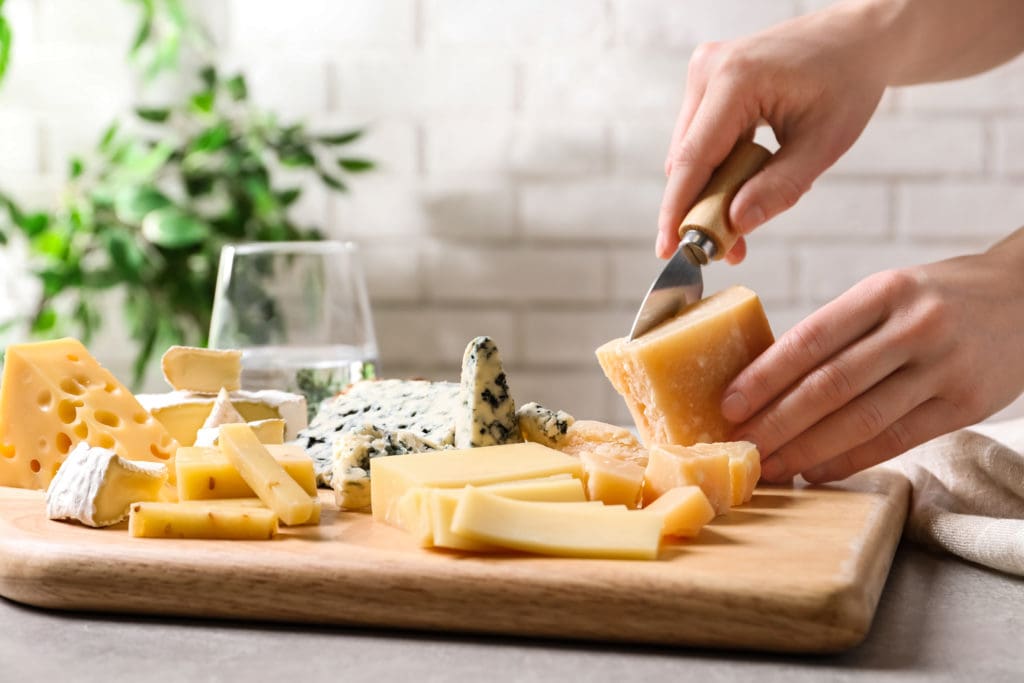
Pairing Cheese and Chocolate
Another great thing about an Easter cheeseboard are the pairing opportunities incorporating all those treats hanging around the house at this time. You’re likely to have an abundance of chocolate. Perfect for that salty-sweet pairing combination: if it’s got a high cocoa content, then try with an aged Parmigiano Reggiano, whilst a milk chocolate would complement something creamier, like that Cote Hill White above.
Pairing cheese with Easter wine and Simnel Cake
And what best to accompany your Simnel Cake? Andy Swinscoe, owner of The Courtyard Dairy says “he would go for a traditional ‘crumbly’ Wensleydale, as the lactic ‘bite’ offsets the rich dense figgy/curranty note of a proper moist fruitcake”. But whilst this might be the traditional pairing, a blue cheese, such as a Stichelton, with it’s blue, nutty notes complimenting the marzipan, would work just as well.
And so to the symbolic red wine. Not all red wines compliment all cheeses. If you have a Gruyere, try it with a Pinot Noir. Whereas an aged Cheddar would need the bolder match of a Cabernet Sauvignon.
Cheese Tasting Party Toolkit
Three useful tools from the Academy Of Cheese to help you taste cheese like a pro.
Queen’s Jubilee Cheese board
Not wanting to start on a low-note, but 1952 was a miserable time for the British cheese industry. With rationing in place until 1954, and strict constraints on how cheeses were made, farmhouse cheesemaking ground to a halt and many traditional cheeses all but disappeared. Long story short, this cheeseboard will not be the embodiment of Coronation-year cheeses. It will, however, be a patriotic celebration, laden with four of Britain’s dairy legends, all fit for a Queen!
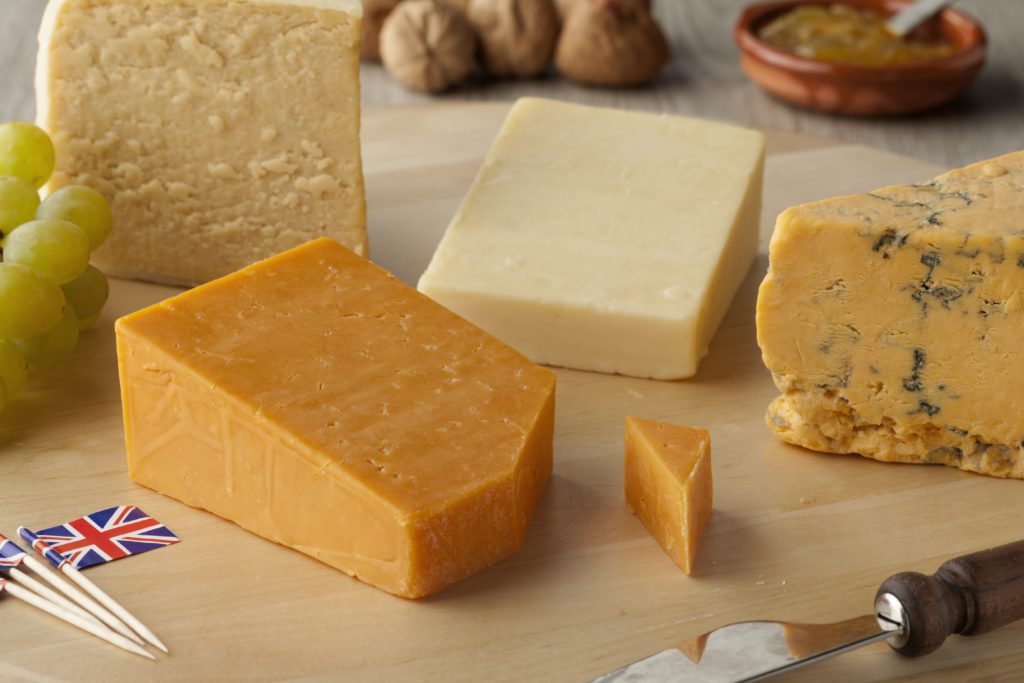
The Great British Cheeseboard
No British cheeseboard would be complete without a Cheddar. To acknowledge the Queen’s love of Scotland, try an Isle of Mull. This hearty Scottish Cheddar has a fruity, tangy finish, on account of the cows being fed on spent whisky grains. My next pick would be a Double Gloucester, which is the cheese used in that most eccentric of British traditions, cheese rolling. Incidentally, this year’s annual event will take place at Cooper’s Hill the weekend prior to the Jubilee celebrations.
What’s the Queen’s favourite cheese?
Whilst we have no proof as to the Queen’s cheese preference, we do know that the makers of the legendary, Stinking Bishop, Charles Martell & Son, do hold a Royal Warrant, so one can assume…..? This legendary cheese, which, quite frankly, is best reserved for outdoor events for obvious reasons, is a pungent, washed rind variety. HRH Queen Elizabeth II would have been on her throne for 20 years when Stinking Bishop first came about, and there’s a reason it has been a best seller for 50 years, which is another good reason for its appearance here.
Jubilee cheeseboard
So, this brings us to the final cheese on our Jubilee cheeseboard: a Blue Stilton, perhaps, in this instance, rather inappropriately referred to as the “King of Cheeses”. With six producers in the UK, you shouldn’t be hard pushed to find one. This PDO-protected cheese, with a history being traced back to the 18th Century, can only be produced in the heart of England. It remains one of the country’s best known and most loved cheeses and deserves it place on this regal cheeseboard.
So, you’ve chosen the cheeses, what next? Well now it’ time to get creative with your drinks’ pairings and accompaniments. But that’s for a whole other blog post

Rachel Holding | Academy of Cheese Writer
Rachel loves a good cheese and wine session. Her love of all cheeses, artisanal or otherwise, has grown from her early years of working on the cheese counter at Fortnum & Mason. She has a personal mission to taste as many cheeses as possible and to encourage this passion in others.
Topic: Tasting Cheese





